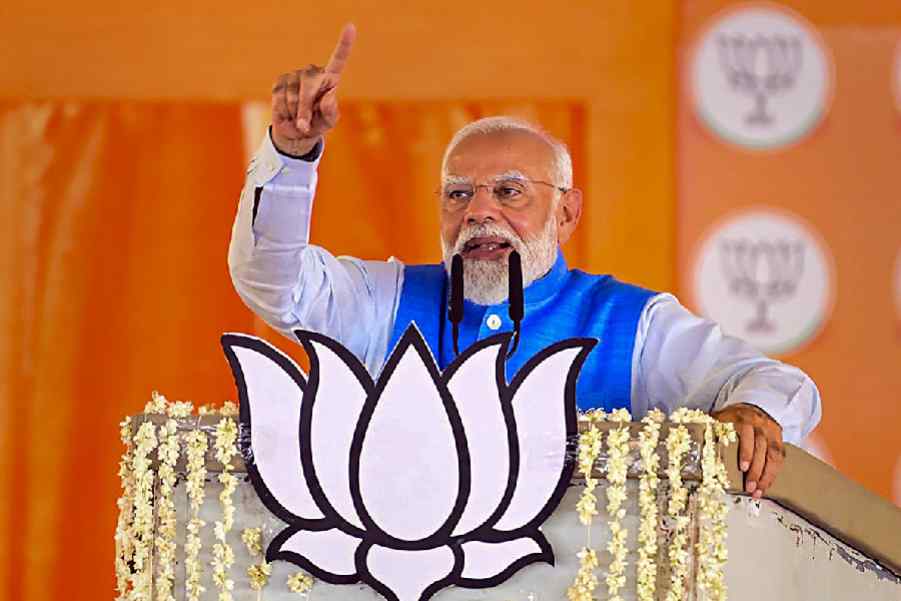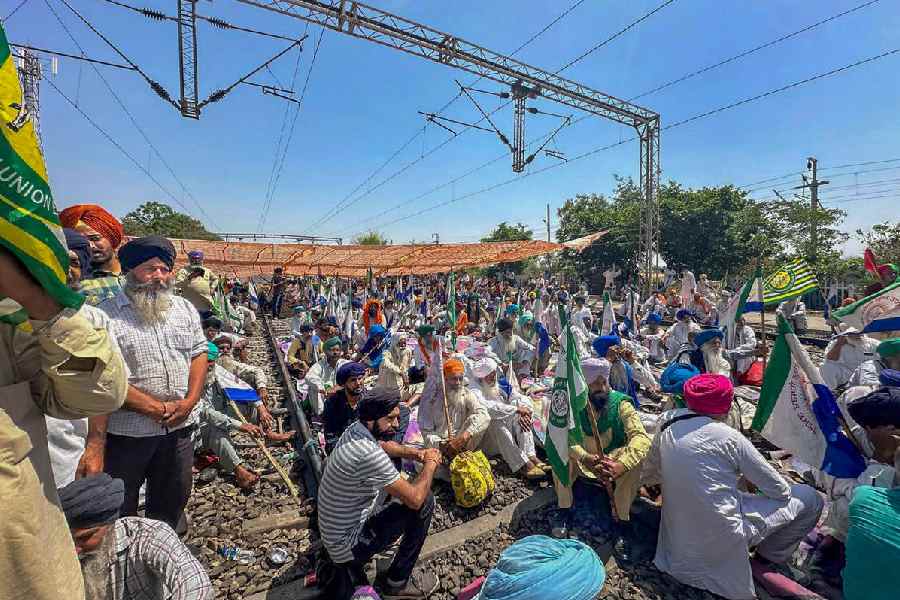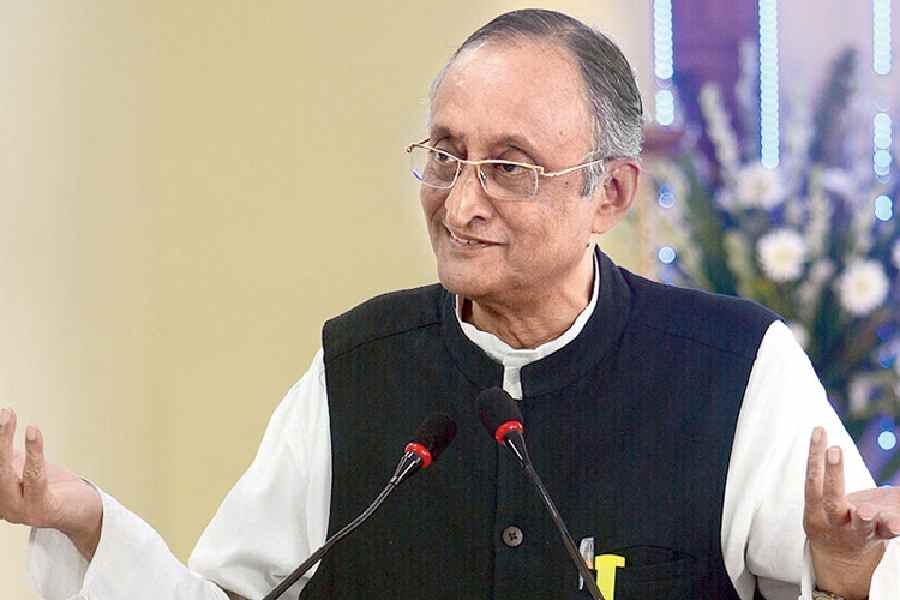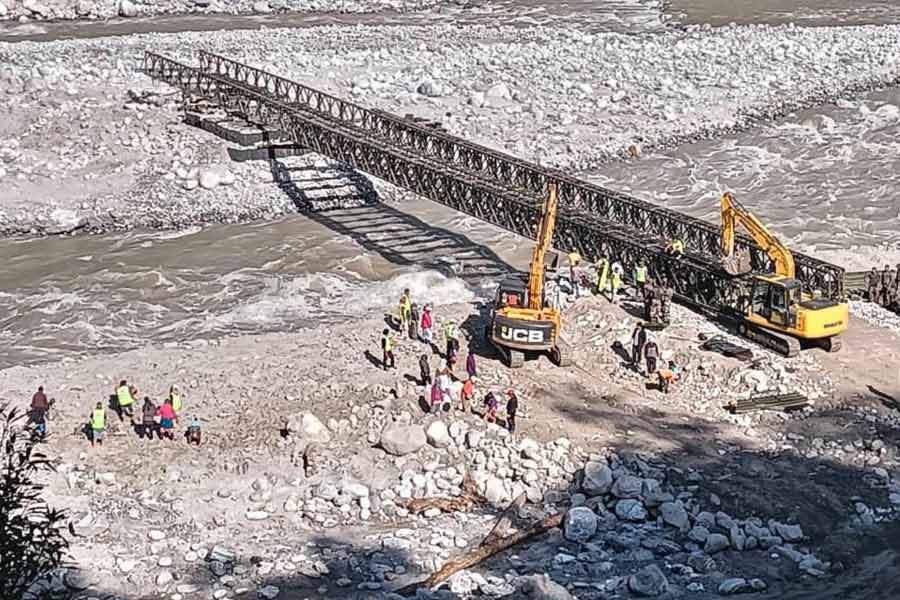Crisil, in a recently published report dated January 2019, examines the macroeconomic performance of 17 states (excluding the Northeastern states, Jammu and Kashmir, Himachal Pradesh, and Uttarakhand) during 2013-17 and 2018. Three macroeconomic indicators are measured and compared: growth rate of state gross domestic product, inflation rate in the state, and fiscal health measured in terms of the state’s debt to GSDP ratio. A similar study was done in 2018 too. The patterns that emerge from the data have important lessons for politicians. The first pattern emerging from the data shows that there is no convergence in state level growth rates in India. In other words, regional inequality is on the rise. This, in spite of the fact that in the fiscal year 2018, 12 out of the 17 states grew at a faster rate than their average rate of growth clocked during 2013-2017. The second inference is that in most states (11 out the 17) the faster economic growth was not accompanied by significant creation of new jobs. In these states the growth of the employment intensive sectors in 2018 like manufacturing, transport and communication services, hotels and construction was slower than during the previous five years. The third result shows that most states have veered off the Fiscal Responsibility and Budget Management Act targets. One reason for this seeming profligacy is that most of the Union government’s spending is done through states, essentially to give the Union budget more room for keeping the fiscal deficit under control. It is estimated that about two-thirds of all the Union government’s expenditures are done through state budgets. The expenditures routed through the states add to the pressure on deficits. Hence, little wonder that most states are not spending enough on health, education and irrigation. Finally, there seems to be no systematic inflation-growth trade-offs in India. Many states grew at a good clip but also experienced high inflation, while others grew slowly in spite of lower inflation rates.
In the table of performances, Gujarat, Karnataka and West Bengal are in the top three with rates of growth above the all-India average, inflation less than 4 per cent and fiscal deficit below 3 per cent. At the bottom of the league table Kerala, Uttar Pradesh and Punjab are stuck for two consecutive years. It is quite clear that after the introduction of economic reforms, development strategies adopted by states are more effective than those of the Union government’s.












